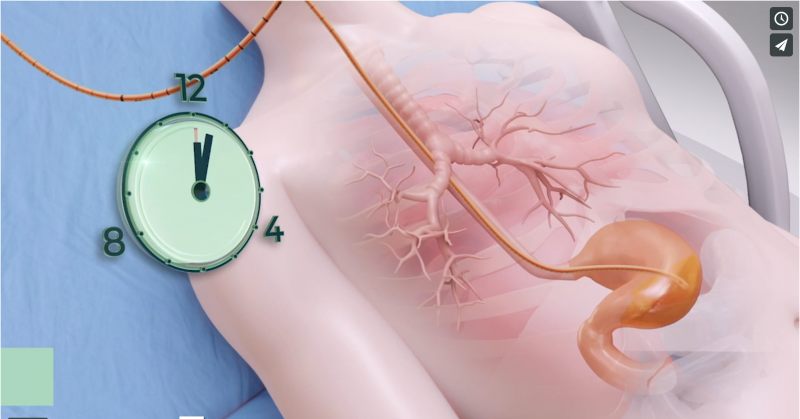Selection of Optimal Feeding Formula
Determining the correct energy ratio between calories and protein in the patient’s feeding formula requires complex calculations. Mistakes can lead to under- or over-feeding and may alter patient outcome. In addition, optimal nutritional therapy in mechanically-ventilated, critically ill patients, commonly defined as protein and energy targets being reached, is associated with a decrease in 28-day mortality by 50%, whereas only reaching energy targets is not associated with a reduction in mortality.
If nutrients are lost due to gastric residual evaluation or if feeding is interrupted for medical procedures, the resulting gaps in nutrition will go uncompensated. As a result of this discrepancy, patients, on average, are only receiving between 50% to 60% of their target nutrition. The result: The feeding target will not be achieved, putting the patient at risk for malnutrition [1].
The smART+ system automatically calculates the optimal enteral nutrition formula plan, based on the patient’s resting energy expenditure paired with a vast database of nutrition products. According to the patient’s individual needs, it recommends the addition of protein supplements to improve recovery and to meet the nutritional target.
As it continuously tracks nutrient delivery, smART+ automatically detects any interruption in feeding and compensates to close the nutritional gap – delivering the targeted amount of nutrition and reducing the risk of malnutrition.
[1] Daly, J. (2012). Optimal Protein and Energy nutrition decreases Mortality in Mechanically Ventilated, Critically Ill Patients: A Prospective Observational Cohort Study. Yearbook Of Surgery, 2012, 205-206. doi: 10.1016/j.ysur.2012.03.020.


 USA Site
USA Site 






